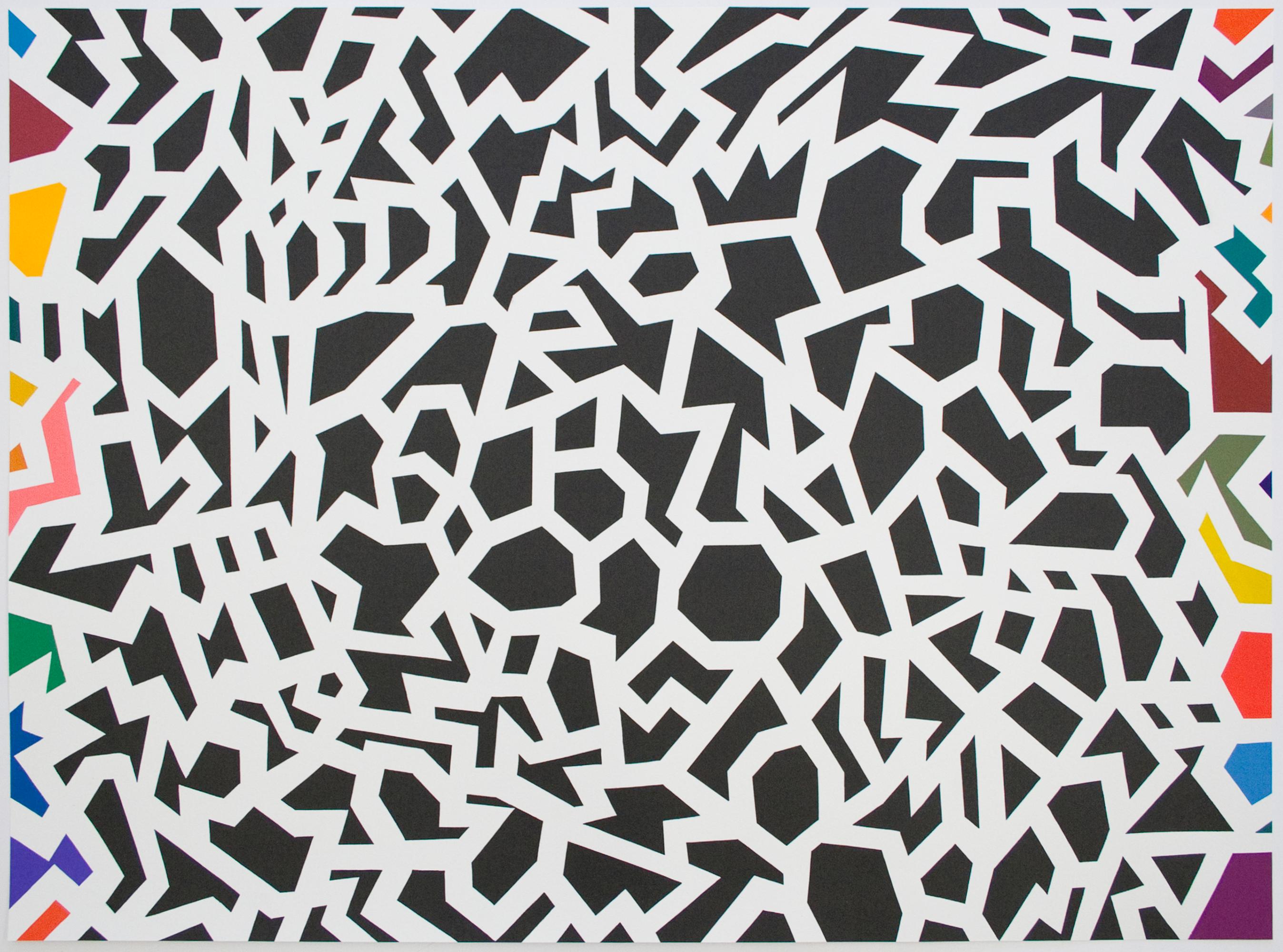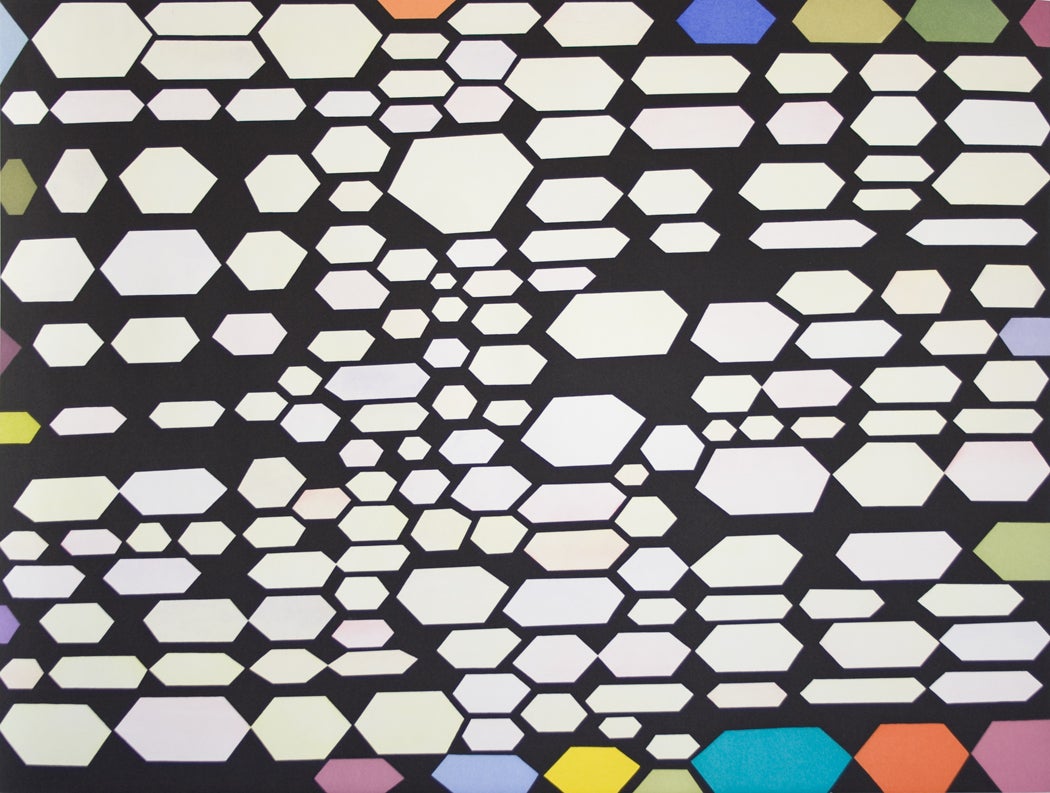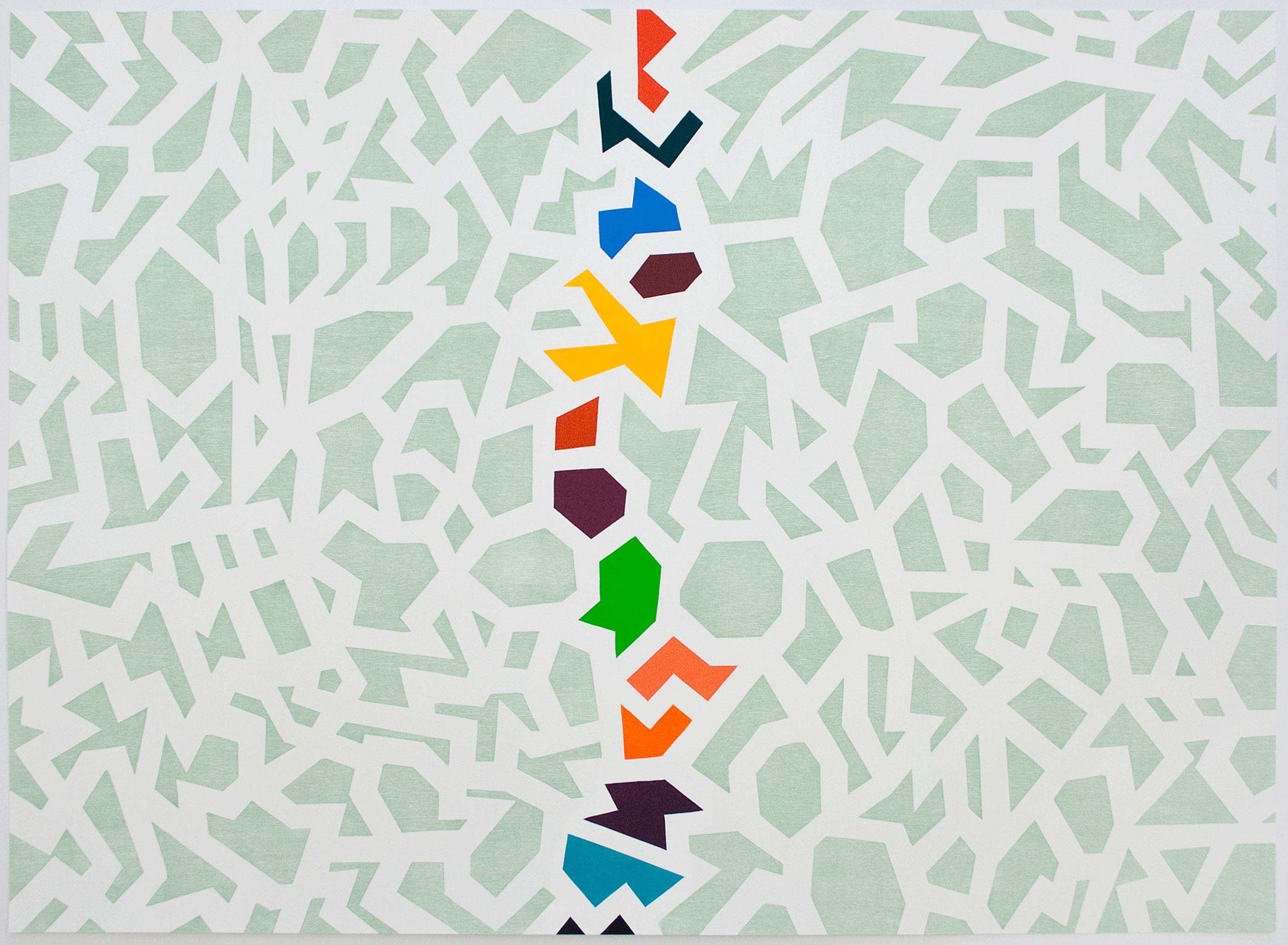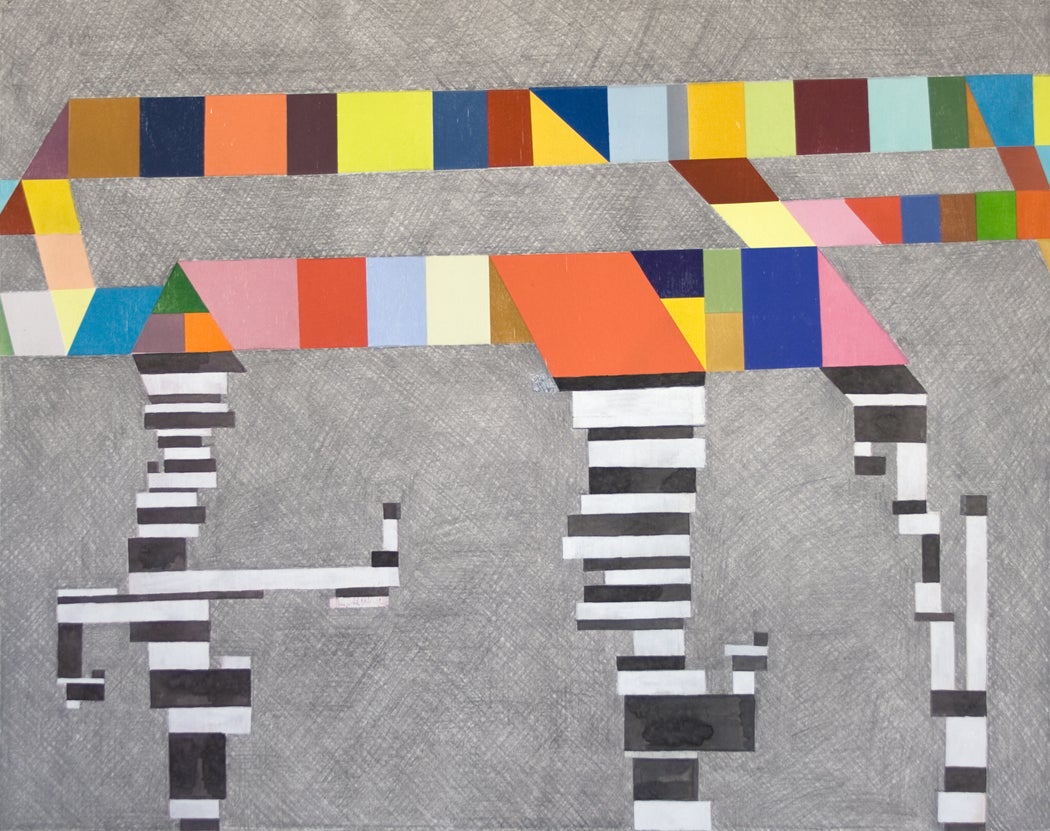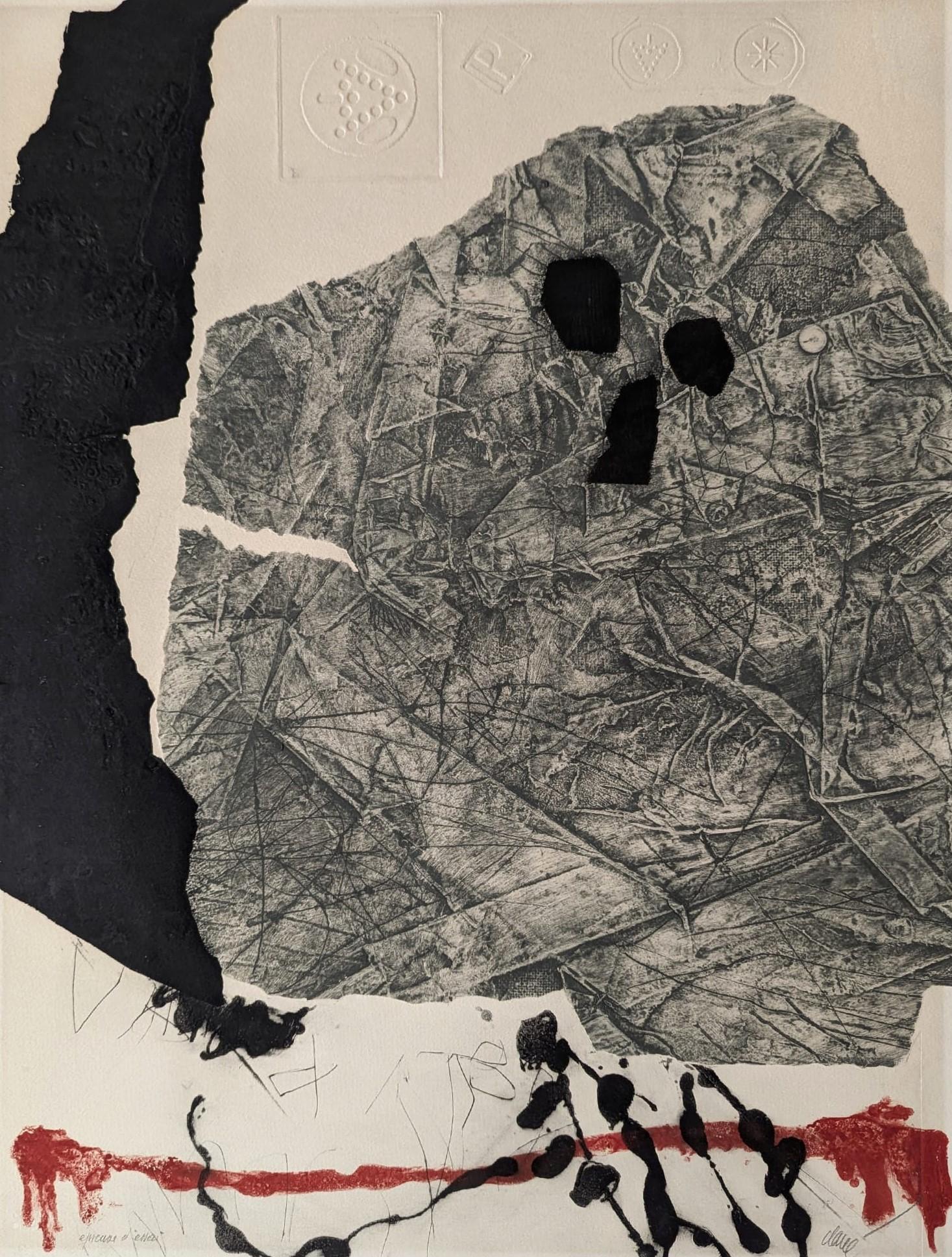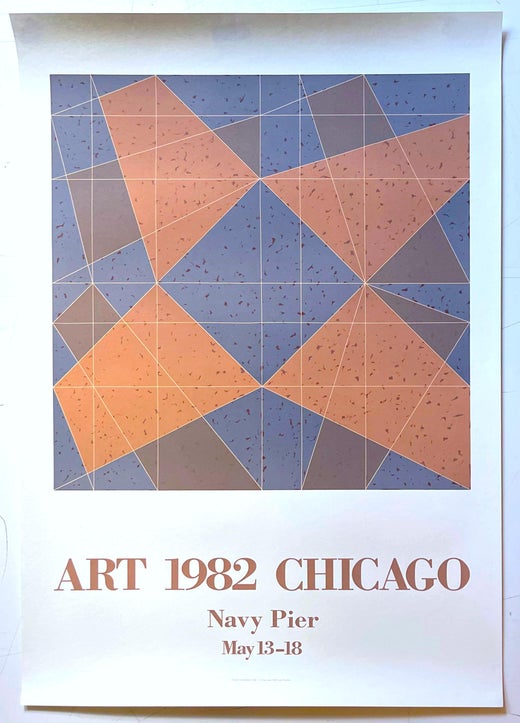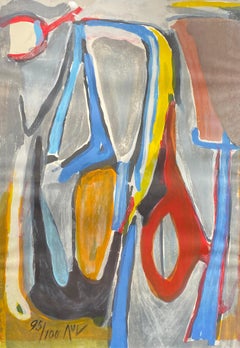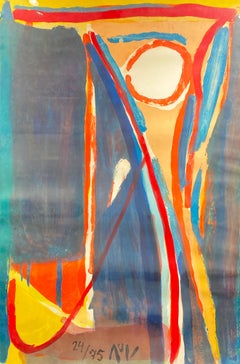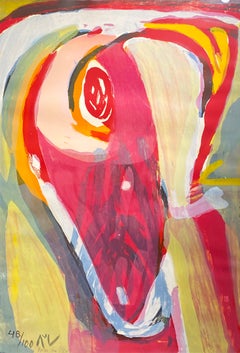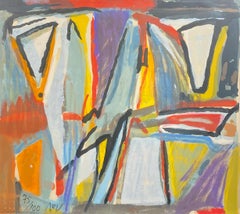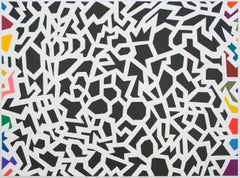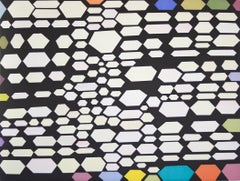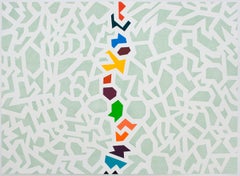Jack TworkovTL#61978
1978
About the Item
- Creator:Jack Tworkov (1900-1982, American, Polish)
- Creation Year:1978
- Dimensions:Height: 16.5 in (41.91 cm)Width: 22.5 in (57.15 cm)
- Period:
- Condition:
- Gallery Location:Missouri, MO
- Reference Number:1stDibs: LU74736231522
Jack Tworkov
Jack Tworkov, a literate man uncertain whether to become a poet or painter. Tworkov became an Abstract Expressionist who is known for that style modified with gridlike restraint of forms and low-key color. Tworkov was also an art educator. From 1963–69, Tworkov was Chair of the Art Department at Yale University and he also held teaching positions at Queens College, 1948–51; Black Mountain College, summer of 1952; Pratt Institute, 1955–58; 1972 and American Academy in Rome. Except for temporary periods, Tworkov lived primarily in New York City and Provincetown, Massachusetts. At Yale, where Tworkov was Visiting Professor of Art from 1961–63 and Department Chair from 1963–69, he was stirred by questions of the interrelationship of psychology, education, political history and art creativity and as a result, instigated cross-disciplinary study. Among the future 'big-name' artists Tworkov mentored were Jennifer Bartlet, Robert Mangold, Chuck Close and Nancy Graves. Tworkov was born in Biala, Poland, and at the age of 13 immigrated to New York City wherein 1928, he became a US citizen. Tworkov studied at Columbia University from 1920–23, majoring in English. Tworkov left Columbia to attend the National Academy of Design from 1923–25 and 1925–26 at the Art Students League. During this period, Tworkov did landscapes, still lifes, portraits and figure studies that show the influence of European modernism, especially the paintings of Paul Cezanne. From 1935–41, Tworkov worked in the Easel Division of the WPA Federal Art Project and by the 1940s was deeply involved in Abstract Expressionism with work characterized by broad, spontaneous brush strokes. Tworkov loved the camaraderie of painting, especially with Karl Knaths, Franz Kline and Willem DeKooning, the latter with whom he had an adjoining studio from 1948–53. However, in the early 1940s, his career like that of so many was interrupted by military service, which he served as a tool designer. In 1958, Tworkov established a permanent studio in Provincetown, Massachusetts and worked there from May to November until he died in 1977. In 1963, as Chair of the Yale Art Department, Tworkov became close to Josef Albers whose Geometric Abstraction influenced his style of small, measured brush strokes. Tworkov was determined to subvert his individuality into a coherent, measured system, which meant he was much less spontaneous than most of his peer Abstract Expressionists.
- ShippingRetrieving quote...Shipping from: Missouri, MO
- Return Policy
More From This Seller
View All20th Century Abstract Abstract Prints
Lithograph
20th Century Abstract Abstract Prints
Lithograph
20th Century Abstract Abstract Prints
Lithograph
20th Century Abstract Abstract Prints
Lithograph
20th Century Abstract Abstract Paintings
Canvas, Oil
2010s Contemporary Abstract Paintings
Glaze, Acrylic, Wood Panel
You May Also Like
Late 20th Century Modern Abstract Prints
Mixed Media
2010s Abstract Prints and Multiples
Linocut
21st Century and Contemporary Prints and Multiples
Aquatint
2010s Abstract Abstract Prints
Color, Linocut, Woodcut
2010s Abstract Abstract Prints
Aquatint
1970s Abstract Abstract Prints
Engraving
